Would You Like Some Ice With That?
Friday, 10th March 2006 by Alex Turnbull
Just off the the coast of Newfoundland, Canada (not far from St. John's, the location of the oldest street in North America), there's a patch of high-res sea which has captured some truly incredible images of icebergs.
Zooming in further it seems that the 'icebergs' are made of hundreds of thousands of smaller chunks of ice, clinging together like massive swathes of frozen dust.
In fact, are these really icebergs at all? Perhaps they were, but have since disintegrated into billions of smaller pieces of ice. Are these darker shapes rivers of ice particles flowing under the surface of the ocean?
Thanks to Marc Armstrong and Peter.
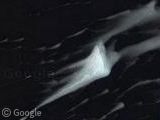
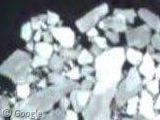
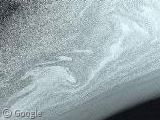
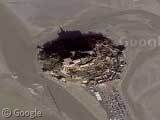
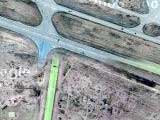
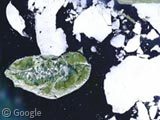
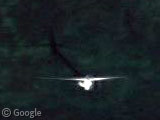
Best sight ever!
must be a pic from spring/summer as the sea ice is breaking up.
there is the one that sunk the titanic
you want fries with that?
Wow, that truely beatifull. I wonder what those darker shapes are? Perhaps the sea is just starting to freeze up, but there are no ice flows large enougth to be seen?
The phenomenon shown in the satellite photo is pack ice, not icebergs. Pack ice is made up of frozen seawater, and every spring it comes to eastern Canada from more northerly waters due to the ocean currents. Icebergs are chunks of glaciers, and would never be found in such large concentrations.
The Newfoundland Provincial Heritage website has a more comprehensive picture of springtime pack ice at: http://www.heritage.nf.ca/environment/satellite.html.
The pic online is probably from late in the spring, when the pack ice melting. The “darker areas” you mentioned are likely giant pools of slush. It’s neat how they show the local sea currents.
Strange but totally true fact: in eastern Canada when the pack ice comes ashore in spring teenage boys sometimes play the sport of “scushing” or “clamper hopping”, which involves running over a stretch of pack ice and trying not to fall into the ocean. They claim it’s fun, but I’m not so sure…
he he: “…Zooming in further it seems that the ‘icebergs’ are made of hundreds of thousands of smaller chunks of ice, clinging together like massive swathes of frozen dust.”
.